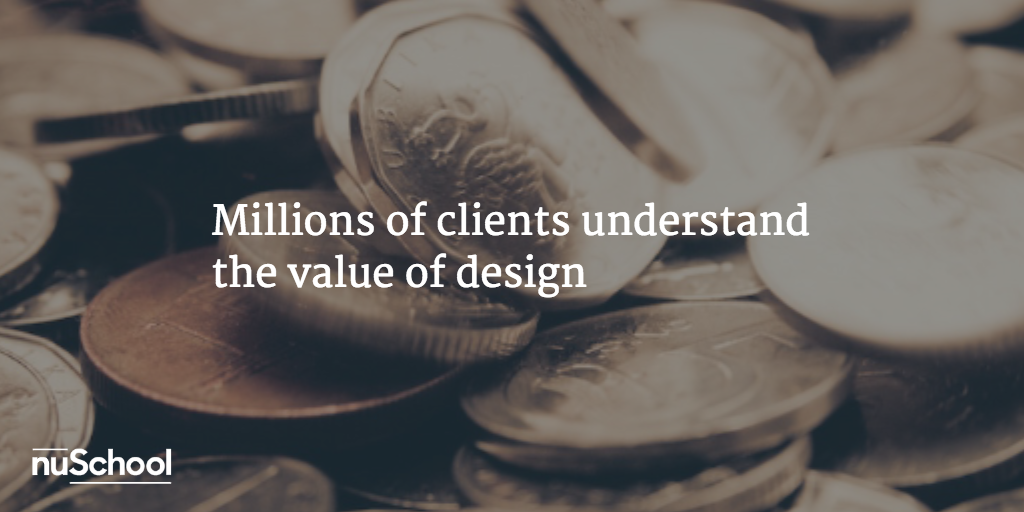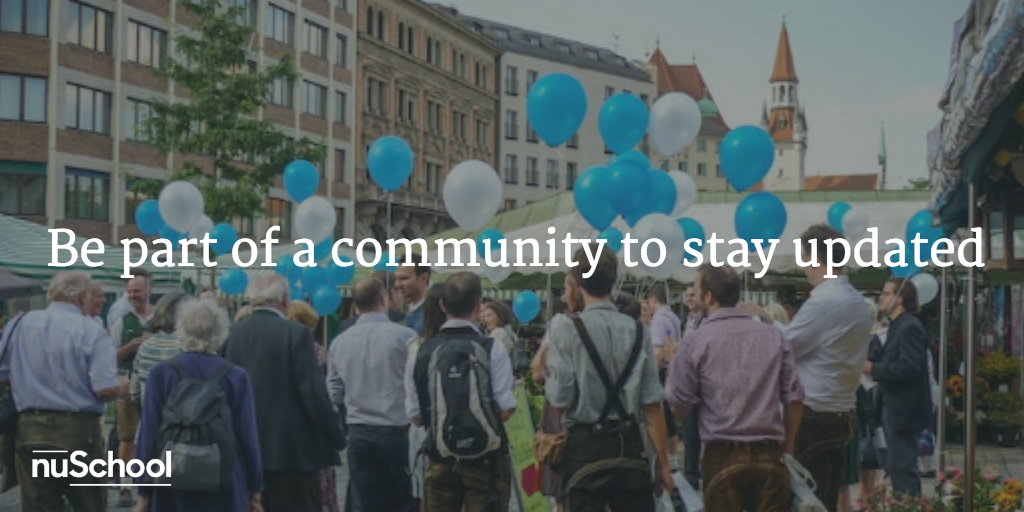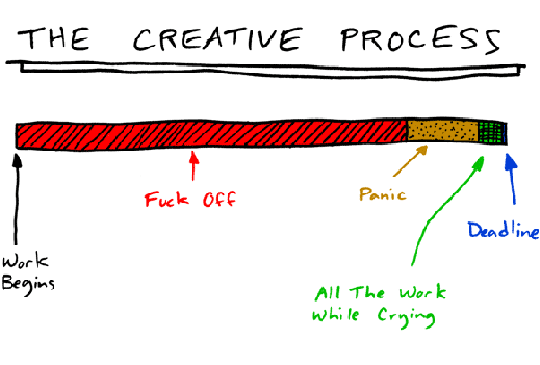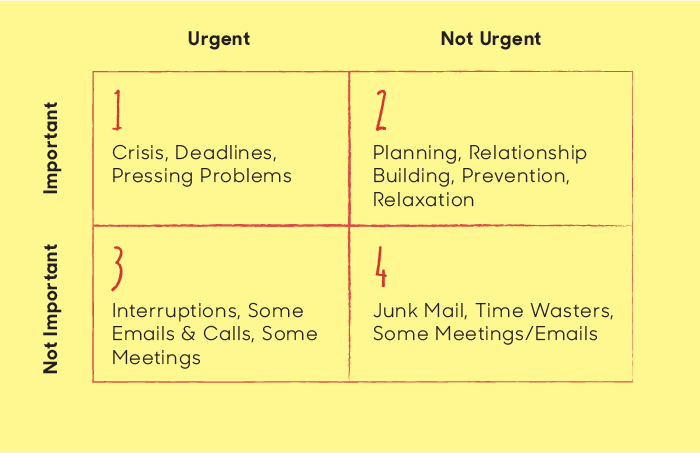Who’s afraid of a $50 logo?
5 CommentsIf there’s one thing that scares us even more than the prospect of cheaper competitors learning to design and offering it at a cheap price, it’s that someone in Silicon Valley will open a startup that can automate design – thus putting the last nail in our coffin.
When companies like 99 Designs & Fiverr offered super cheap logos, the design community was pissed, but it was still a real designer behind the logo. Now new companies like squarespace and Tailor Brands with funding and press behind them, offer totally automated logos, and we start to wonder where the world of design is headed and whether we really should have gone to med school like Mom wanted us to.
In this post I’m going to explain why I’m actually cool with this startup trend, or at least why I’m not too afraid of it.
I think the commotion we’re experiencing in the design community stems from a combination of hypocrisy and fear, neither of which should have room in our life. I’ll try to explain why.
Let’s talk about hypocrisy
“A $50 logo is degrading the whole design profession!”
Oh right, sure. You think that buying cheap, low-quality products means degrading a whole field?
Here are some things I often buy:
- $1-50 images from places like Shutterstock or Stocksy. I guess I’m degrading the photography world.
- $15 worth of music for videos I edit from Audiojungle. I guess I’m degrading the world of music.
- $1 icons from NounProject. I’m degrading icon designers.
- Free fonts. I’m degrading font designers.
But why talk only about work?
- I download movies illegally or use Popcorn Time, because I just don’t value the work being done by thousands of creatives in Hollywood.
- I pay $10 a month to Spotify to get all the music in the world, leaving only pennies and cents per listening to the musicians. And that’s when I don’t just listen via YouTube because to hell with everyone else.
- I buy books for Kindle, thus killing the print publishing industry.
I could go on and on… But I think you get the point.
Putting cynicism aside for a moment – obviously I do highly value all those professionals I mentioned. In many of my projects I get to work with excellent, professional creatives who get paid thousands of dollars. But sometimes, when I don’t have the time or the budget for it and the cheap solutions are good enough, I use them. I feel no shame or guilt in doing so.
Of course a $50 logos can’t be a good logo. Just like a $1 photo will never be as good as one taken by a professional photographer especially for me. Still: there’s room in this world for all types of solutions and for all types of clients.
There are probably hundreds of thousands – if not millions – of clients out there who even if they understood the value of design, couldn’t afford to pay a good studio or a good freelancer for their logo. We may want to educate them and make them feel bad about it (“take a loan! then you can pay me a buttload!”) – but that’s just not going to happen.
For that type of client, it’s good to have a solution like the one all these startups are working on. At least then they get a real designer that created the platform and ‘helped’ around or at least stopped them from doing something really awful, which is more than I can say about some logos I see while walking the streets today.
Let’s talk about fear
The fear of being afraid to be replaced by a machine is pretty basic. I’ll go even one step further: almost every profession is currently being threatened, one way or another, by advanced technology. From cab drivers who are about to be replaced by Google’s self-driving cars, to doctors who will be replaced by computer programs with the ability to provide quick and accurate health analysis (hear that, Mom?)
It’s happening – and it really is scary.
And yet we designers are actually in a very good position in this whole robot uprising we’re looking at.
I recently read a book called “The Second Machine Age: Work, Progress, and Prosperity in a Time of Brilliant Technologies.” The book describes the changes happening in the world and the changes that will come in the next few years, as technology becomes smarter and exponentially cheaper every year.
Sure, a lot is about to change, and many professions are about to be replaced by robots or algorithms. But guess what’s the most difficult task of all for machines? Creative and innovative thinking: the two things our profession relies upon the most.
So yes, in the last few years it has become easier and cheaper to get low quality “fast-design” (as in cheap, low quality fast-food) – but another thing that’s happened recently is that more and more brands and companies have begun to understand the importance of design. These days there is more demand for designers than in any other time in history.
Designers are earning more money than ever. Designers are influential at the highest ranks (a few years ago you couldn’t find a chief design officer or a chief creative officer in any big company). The challenges we designers are facing today are some of the most interesting ones since print was first invented.
McDonald’s didn’t kill the culinary arts, and an app that creates a cheap logo is not going to kill design.
Let irrelevant clients buy their cheap logos and free your time to do the interesting, money-making work that a ton of other clients are just dying for you to do.











